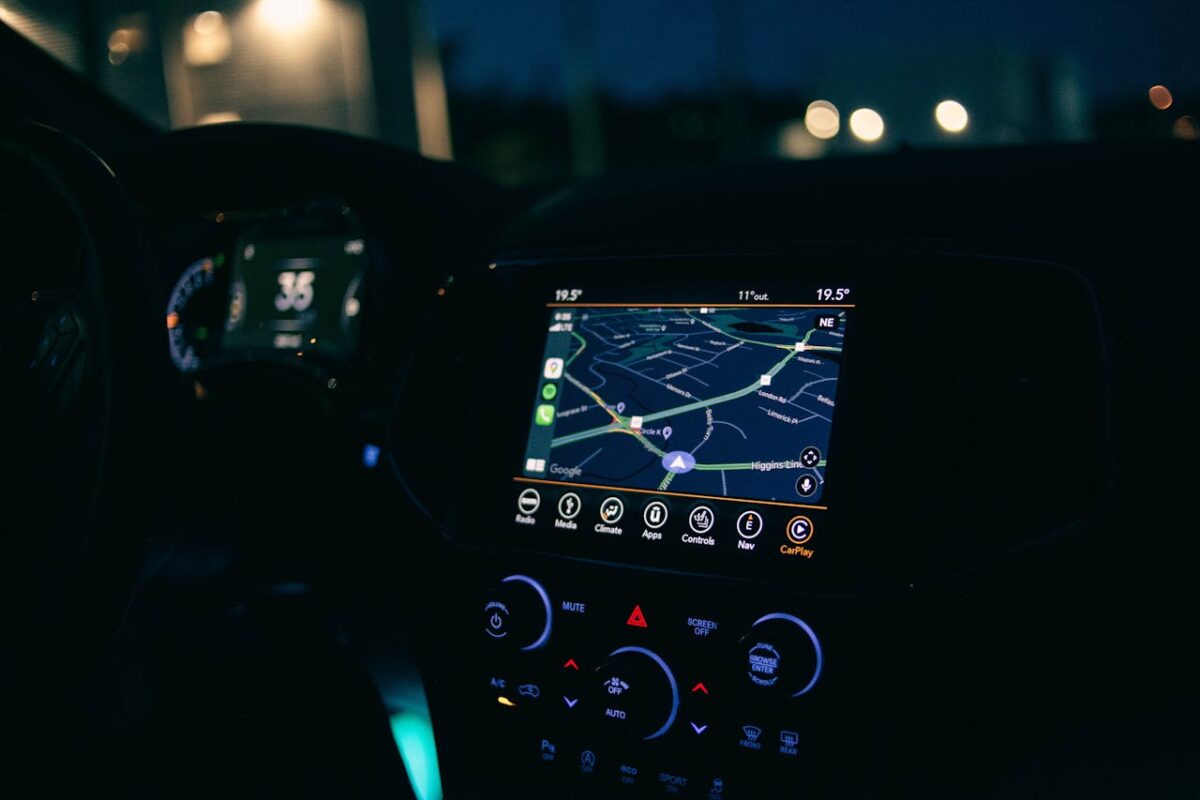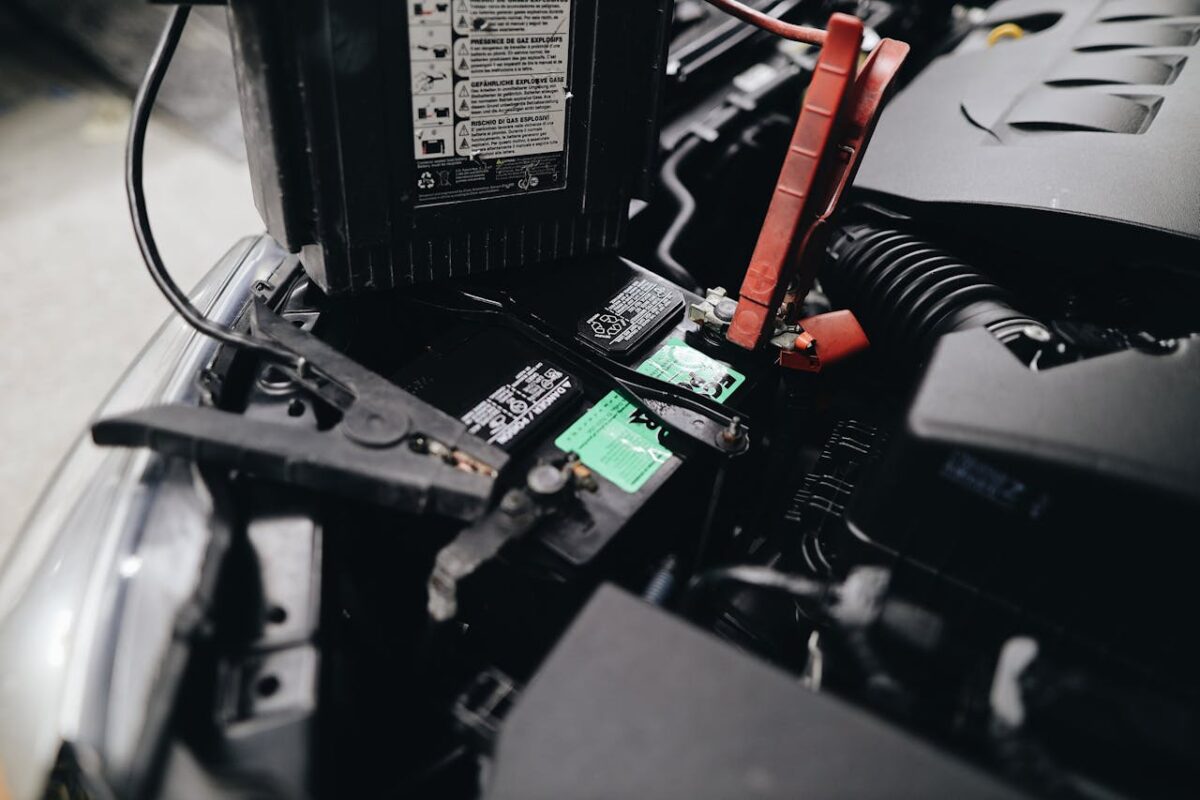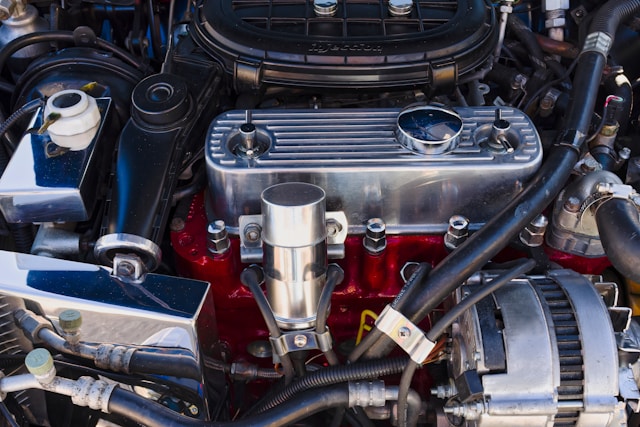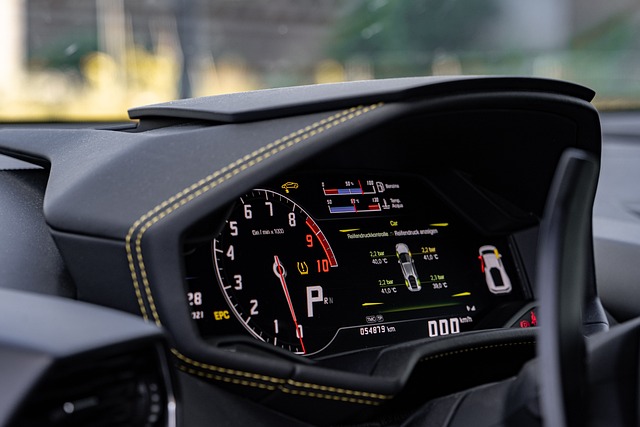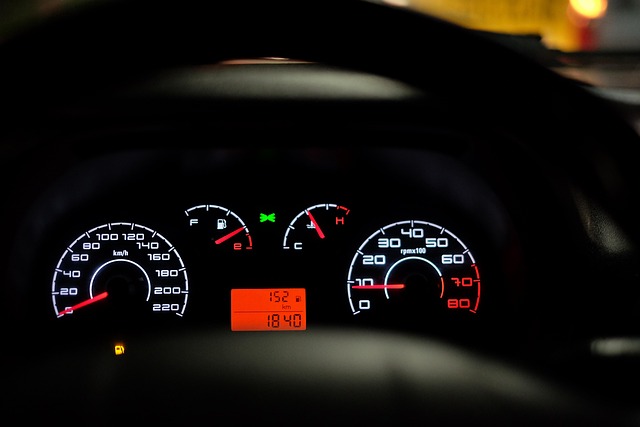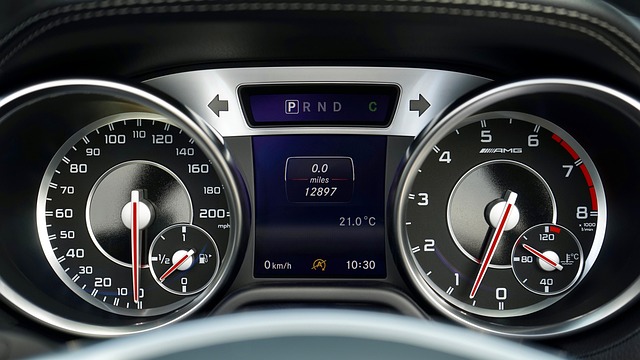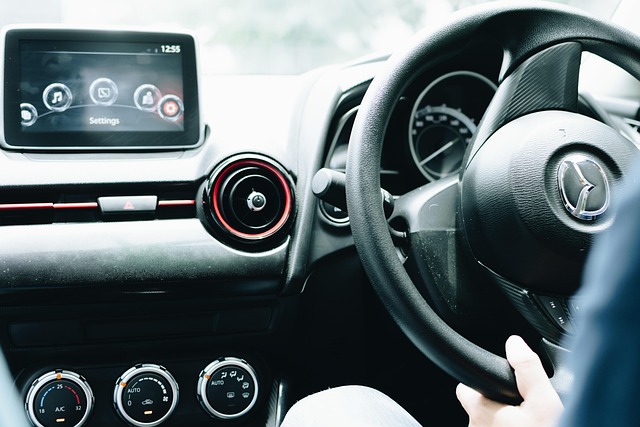Modern vehicles increasingly feature digital instrument clusters that display critical driving information through high-resolution screens. When dead pixels appear on these displays, drivers naturally wonder whether the issue can be repaired or if the entire unit needs replacement. This article explores the repair options available, the factors that influence whether dead pixels can be fixed, and what vehicle owners should know about addressing this frustrating problem.
Can Dead Pixels in Digital Instrument Clusters Be Repaired?
The ability to fix dead pixels in a digital instrument cluster largely depends on the type of pixel failure and the construction of the display unit. Dead pixels occur when individual picture elements on the screen fail to illuminate properly, appearing as small black dots on the display. In most automotive digital clusters, these pixels are part of a sealed LCD or OLED panel that cannot be individually repaired. The pixels themselves are microscopic components integrated into the display matrix, making it virtually impossible to replace a single pixel without specialising equipment and cleanroom environments that are not available in standard automotive repair facilities.
Complete Cluster Replacement
In the majority of cases involving dead pixels in vehicle instrument clusters, the most practical solution is replacing the entire digital display unit. Modern instrument clusters are complex electronic assemblies that combine the display panel with circuit boards, processors, and various sensors. Attempting to separate and replace just the display panel often proves more expensive and time-consuming than installing a new or refurbished complete unit. Manufacturers design these clusters as integrated modules, which means the display cannot easily be separated from the supporting electronics without risking damage to other components.
Replacement clusters can come from several sources, including brand new units from the vehicle manufacturer, refurbished units from specialist electronics companies, or used clusters from salvage vehicles. New units from the manufacturer typically cost between $800 and $3,000 depending on the vehicle make and model, whilst refurbished options may offer savings of 30-50% off the new price. Used clusters from wreckers can be even more affordable, though they carry the risk of having their own hidden issues or incompatible software versions that may not work with your specific vehicle.
Pixel Repair Techniques and Their Limitations
Some electronic repair specialists claim to offer pixel repair services using techniques such as applying pressure to the affected area, using specialised software to stimulate the pixels, or carefully heating the display. Whilst these methods occasionally work for stuck pixels on computer monitors or televisions, they are far less effective for automotive instrument clusters. Stuck pixels differ from dead pixels in that they remain illuminated in one colour rather than going completely dark. Software-based pixel exercises that rapidly cycle colours might revive a stuck pixel, but they rarely restore a truly dead pixel that has completely failed.
The construction of automotive displays also makes these repair attempts riskier than working on consumer electronics. Vehicle instrument clusters are built to withstand extreme temperatures, vibrations, and constant operation under demanding conditions. The display panels are often laminated or bonded to protective covers with specialised adhesives that resist moisture and temperature fluctuations. Attempting to access the display layer by removing this protective covering can introduce dust, moisture, or adhesive residue that creates additional problems worse than the original dead pixels.
When Dead Pixels Indicate Larger Problems
The appearance of dead pixels sometimes signals more serious underlying issues with the digital instrument cluster. If multiple pixels fail simultaneously or dead pixels appear in clusters or lines across the display, this may indicate a failure in the display driver circuit, loose ribbon cable connections, or damage to the display panel itself from impact or excessive heat. In Auckland’s climate, clusters can be subjected to intense heat buildup inside vehicles parked in direct sunlight during summer months, which can accelerate display deterioration and cause pixel failures.
Water damage represents another common cause of dead pixels in instrument clusters. Leaking windscreens, damaged door seals, or clogged drainage channels can allow moisture to enter the dashboard area where the cluster resides. Even small amounts of moisture can corrode connections or damage the delicate circuitry behind the display panel. When water damage is the culprit, simply replacing the cluster without addressing the moisture source will likely result in the replacement unit failing as well. A thorough diagnostic assessment should identify any environmental factors contributing to the pixel failure before attempting repairs.
Factors That Influence Repair Decisions
Number and Location of Dead Pixels
The severity of the dead pixel problem plays a significant role in determining the best course of action. A single dead pixel in a non-critical area of the display might be something a driver can live with, particularly if the cluster is otherwise functioning perfectly and replacement costs are substantial. However, dead pixels located in critical viewing areas, such as where the speedometer or warning lights display, create safety concerns that warrant immediate attention. Multiple dead pixels or expanding areas of pixel failure typically indicate progressive display degradation that will only worsen over time.
Vehicle owners should also consider whether the dead pixels interfere with their ability to clearly read essential information. If the pixels obscure speed readings, fuel levels, or important warning symbols, the cluster should be replaced regardless of cost. Driving with impaired visibility of critical vehicle information poses safety risks not only to the driver but to other road users as well. Insurance considerations may also come into play if an accident occurs and it can be shown that the driver could not properly monitor vehicle information due to display problems.
Vehicle Age and Warranty Coverage
The age of your vehicle significantly impacts the most cost-effective repair approach. For vehicles still under manufacturer warranty or extended warranty coverage, dead pixels in the instrument cluster should be covered as a defect in materials or workmanship. Manufacturers typically replace digital clusters at no cost during the warranty period, making this the clear solution when coverage applies. However, warranty coverage may be void if the cluster shows signs of physical damage, moisture intrusion, or unauthorised modification attempts.
For older vehicles outside warranty protection, the cost-benefit analysis becomes more complex. Spending $2,000 on a new instrument cluster for a vehicle worth $8,000 may not make financial sense, particularly if other mechanical issues are emerging. In these situations, exploring refurbished clusters, sourcing used units, or even considering whether to continue driving with the dead pixels becomes a practical consideration. The overall condition of the vehicle, planned ownership duration, and personal tolerance for the visual imperfection all factor into this decision.
Coding and Programming Requirements
Modern digital instrument clusters are not simple plug-and-play components that can be swapped without additional configuration. Most vehicle manufacturers pair the cluster to the vehicle’s specific VIN (vehicle identification number) and require specialised programming to ensure all functions operate correctly. This programming process, often called coding or adaptation, syncs the new cluster with the vehicle’s various control modules and transfers calibration data such as odometer readings, maintenance schedules, and vehicle-specific settings.
The programming requirement means that even after purchasing a replacement cluster, you will need access to manufacturer-specific diagnostic equipment and software to complete the installation. Independent repair shops may not have access to the necessary tools for all vehicle makes, potentially requiring a trip to the dealership for final programming even if the physical installation was performed elsewhere. This adds to the overall repair cost and should be factored into budget estimates when deciding how to address dead pixel issues.
Important Considerations Before Attempting Repairs
Diagnostic Assessment
Before committing to any repair solution, a proper diagnostic assessment should be performed to confirm that dead pixels are the actual problem and not symptoms of other electrical faults. What appears to be dead pixels might actually result from communication errors between the cluster and the vehicle’s computer systems, software glitches, or power supply irregularities. A qualified auto electrician can perform comprehensive testing to determine whether the display itself has failed or if external factors are causing the display anomalies.
This diagnostic process involves checking voltage supplies to the cluster, examining communication signals on the vehicle’s CAN bus network, and using diagnostic scanners to identify any fault codes related to the instrument panel. In some cases, software updates or reprogramming can resolve display issues without any hardware replacement. Skipping this diagnostic step and immediately replacing the cluster might waste money if the underlying cause remains unaddressed, potentially causing the replacement unit to exhibit similar problems.
Quality of Replacement Options
When replacement becomes necessary, the quality and source of the replacement cluster deserves careful consideration. Aftermarket clusters manufactured by third-party companies sometimes offer significant cost savings compared to genuine manufacturer parts, but quality varies considerably between suppliers. Some aftermarket units use inferior display panels that may have shorter lifespans or less vibrant displays than original equipment. Reading reviews and seeking recommendations from other owners of your vehicle model can help identify reputable aftermarket suppliers.
Refurbished clusters represent another option worth investigating. Reputable refurbishing companies disassemble used clusters, replace worn components, update software, and test all functions before reselling them. High-quality refurbished units often come with warranties ranging from six months to two years, providing some protection against premature failure. However, refurbished clusters still contain some used components, which means their overall lifespan may be shorter than a brand new unit. For vehicles nearing the end of their useful life, a quality refurbished cluster can provide excellent value.
Future-Proofing Considerations
When investing in an instrument cluster replacement, consider whether the repair will provide long-term reliability or simply delay inevitable problems. If your vehicle’s digital cluster has developed dead pixels due to age-related display degradation, other electronic components in the vehicle may be approaching failure points as well. Spending substantial money on the cluster whilst ignoring warning signs from other systems might not be the wisest allocation of repair funds. A comprehensive electrical system evaluation can help prioritise repairs and prevent surprises down the road.
Climate factors specific to Auckland should also influence your decision-making. The region’s humidity levels and temperature fluctuations can affect electronic components over time, particularly in older vehicles where seals and insulation may have deteriorated. If your vehicle is frequently exposed to harsh conditions or if you notice other electrical gremlins emerging, addressing environmental protection for electronic components becomes as important as repairing the immediate dead pixel issue. This might involve improving dashboard sealing, ensuring drainage channels remain clear, or using windscreen sun shades to reduce heat buildup.
Prevention and Maintenance
Protecting Your Digital Cluster
Whilst dead pixels sometimes occur due to manufacturing defects or unavoidable component aging, certain practices can help extend the lifespan of digital instrument clusters. Protecting your vehicle’s interior from extreme temperatures represents one of the most effective prevention strategies. Using windscreen sun shades during hot Auckland summer days significantly reduces the temperature inside the vehicle, which in turn minimises thermal stress on electronic displays. Excessive heat accelerates the degradation of liquid crystal materials and can cause premature pixel failures.
Avoiding harsh cleaning chemicals on or near the instrument cluster also helps prevent damage. Some cleaning products contain solvents that can penetrate seals or damage display coatings over time. When cleaning the dashboard area, use only mild, electronics-safe cleaners and soft microfibre cloths. Never spray cleaning products directly onto the cluster; instead, lightly dampen the cloth and wipe gently. Keeping the cluster free from dust and fingerprints not only maintains appearance but also prevents particles from working their way into tiny gaps where they might cause corrosion.
Recognising Early Warning Signs
Catching display problems early sometimes allows for interventions before complete failure occurs. If you notice slight dimming in areas of the display, flickering, colour distortions, or occasional glitches where information disappears briefly, these may signal developing issues with the cluster. Addressing these early warning signs promptly can sometimes prevent more extensive damage. For instance, flickering might indicate loose connections that can be reseated before they cause permanent damage to the display or circuit boards.
Regular electrical system health checks can also identify conditions that might threaten your instrument cluster. Voltage irregularities, charging system problems, or corroded ground connections can subject electronic components to electrical stress that shortens their lifespan. Having your vehicle’s electrical system inspected annually by a qualified auto electrician helps catch these issues before they cause expensive failures. This preventative approach costs far less than replacing major electronic components after they fail.
Need Help With Your Digital Instrument Cluster?
Dead pixels in digital instrument clusters typically cannot be repaired at the individual pixel level, making replacement the most practical solution in most cases. The decision between living with the issue, opting for a refurbished unit, or investing in a new cluster depends on the severity of the problem, your vehicle’s age and value, and your budget considerations.
As an auto electrician in Auckland, we can help you with diagnostic assessment, sourcing quality replacement clusters, and professional installation with proper programming. Our team has the specialised equipment and expertise to handle digital instrument cluster issues across all vehicle makes and models. Contact Eurosparx today by calling 09 218 7789 to discuss your instrument cluster concerns and explore the best solution for your specific situation.


